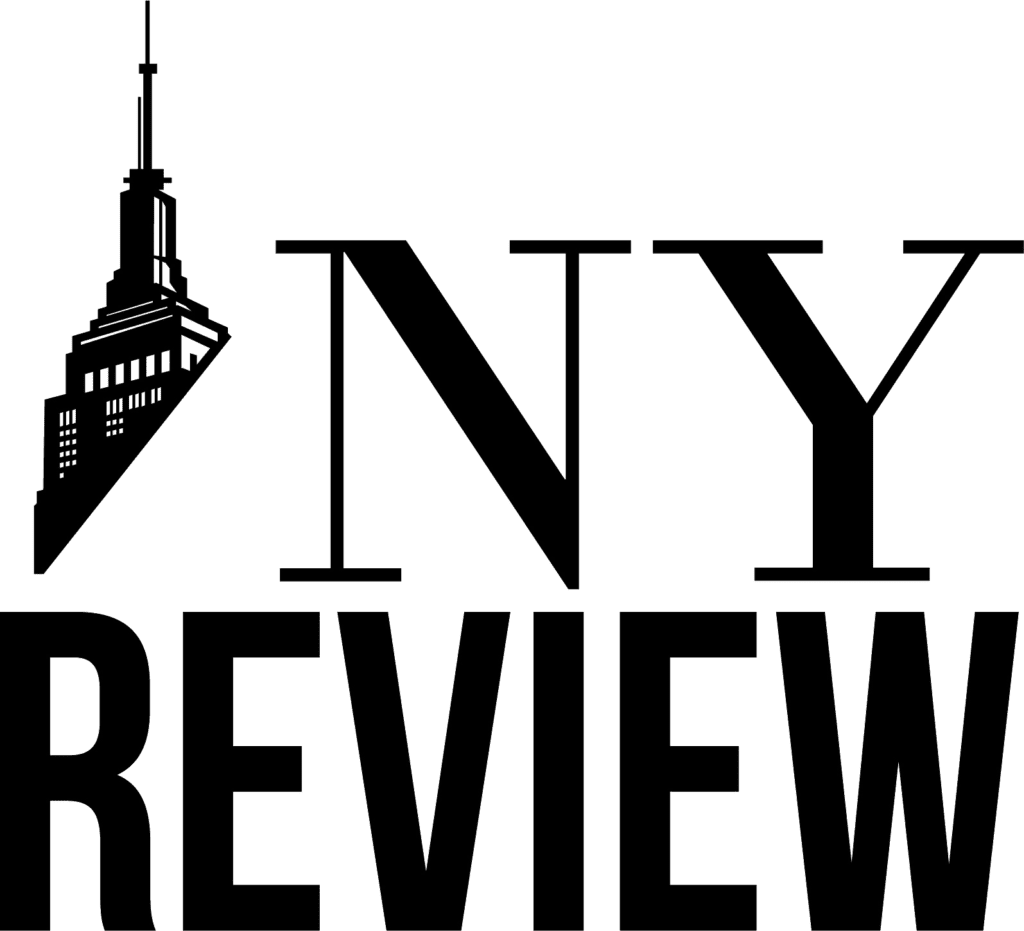FBI Director Kash Patel Addresses Law and Order Issues While Agency Leadership Changes
Patel’s Speech at the Justice Department
Kash Patel, the FBI Director, recently delivered remarks focused on the critical need to restore law and order in the United States. This address took place at the Justice Department and coincided with a notable visit from President Donald Trump.
Leadership Transition at the ATF
In a swift organizational change, Kash Patel was removed from his position as the acting head of the Bureau of Alcohol, Tobacco, Firearms and Explosives (ATF). This shift occurred only a few days following his earlier appointment. Initially named as acting ATF director in February, Patel had briefly held the leadership role for both the FBI and ATF, an uncommon occurrence within the Justice Department.
Who Succeeded Kash Patel?
Army Secretary Daniel Driscoll has taken over as the new leader of the ATF, which oversees and reinforces federal gun laws. Reports indicate that Patel’s removal was enacted at the end of February but was not made publicly known until much later.
Details on Daniel Driscoll
Daniel Driscoll, who is currently serving as the Secretary of the Army, is a North Carolina native. Driscoll, 38, has a rich professional background, including a role as an adviser to Vice President JD Vance, a connection that dates back to their days at Yale Law School. He has a brief military career, serving less than four years and retiring at the rank of first lieutenant.
Future Mergers Within Justice Department Agencies?
There is ongoing consideration among Justice Department officials regarding the potential consolidation of the ATF and the Drug Enforcement Administration (DEA) into a single agency. This merger aims to streamline operational efficiencies, as both entities frequently collaborate alongside the FBI yet maintain distinct missions. While the ATF deals with violent crimes and gun trafficking, the DEA focuses on drug-related criminal activities.
A memo from Deputy Attorney General Todd Blanche outlines these proposed efficiencies and regulatory efforts as part of this strategic evaluation.



